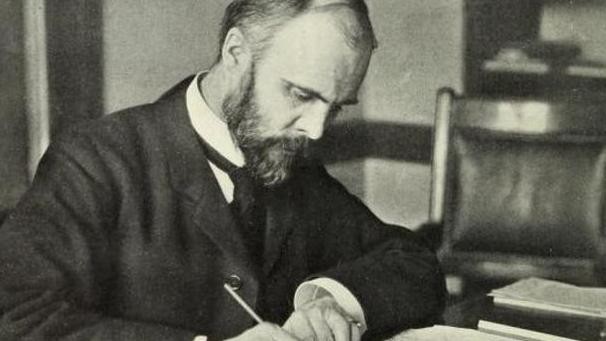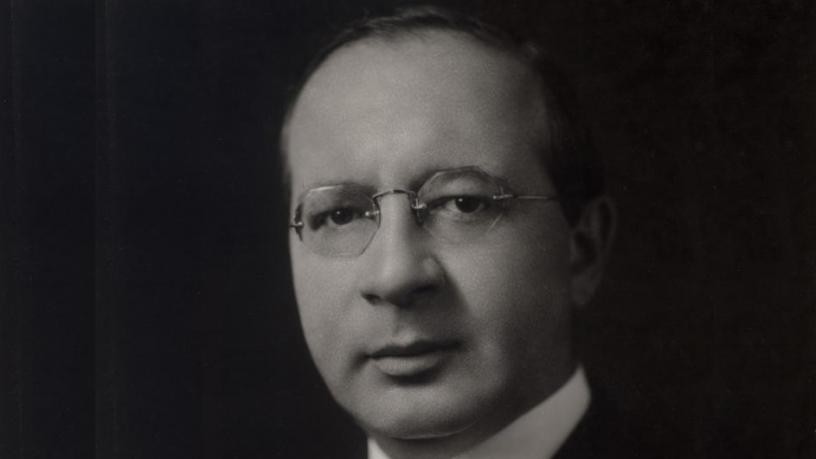Department History
Columbia University was founded as King’s College in 1754 and thus it is older than the United States of America. In fact, it is the fifth oldest university in the country.
The development of the School of Engineering was initiated in 1864 when the School of Mines, the first school of its kind in the United States, was established. Civil engineering was added to the curriculum in 1868, making our department one of the oldest in the country. Courses in metallurgical, electrical, mechanical, chemical, and industrial engineering and in mineral dressing were established later.
The Department of Civil Engineering and Engineering Mechanics has supplied faculty for many of the world’s leading engineering schools. At the same time, it has produced successful alumni who have held executive and technical positions of the highest responsibility. To name just a few:
- William Barclay Parsons received his civil engineering degree in 1882 and later founded the world-renown company that bears his name and was responsible for major construction projects all over the world.
- David Steinman received a doctorate in 1911 and submitted as his project for a professional degree a design for what later became the Henry Hudson Bridge, spanning the Harlem River at the northern tip of Manhattan. He also founded the well-known firm of Steinman Engineers and was the lead designer of many landmark bridges in New York City and throughout the Untied States.
- Colonel K. Chilton earned his M.S. degree in our department and later became known as one of the first astronauts to pilot the space shuttle.
- Jeff Bleustein received his doctorate in Engineering Mechanics and has been credited for saving the Harley-Davidson Motorcycle Company from bankruptcy and as president and CEO turning it into one of the success stories of modern American business.
The golden age of the department was the period from the 1950s to the 1970s, during which it was ranked as one of the country’s top, if not the top, department in engineering mechanics. Among its faculty were Maciej Bieniek, Hans Bleich, Donald Burmister, Richard Freudenthal, Raymond Mindlin, Mario Salvadori, and Richard Skalak, to name only some of them. Each one of these professors was a giant in his field, who determined the directions that entire areas of study and research would take in the years to come. Today, their students can be found as faculty in many of the top universities in the world.


